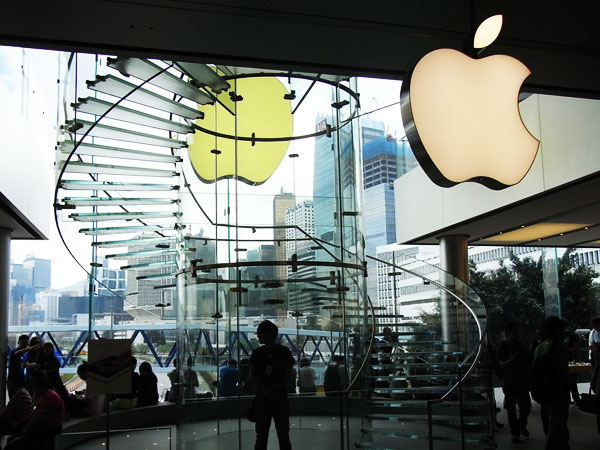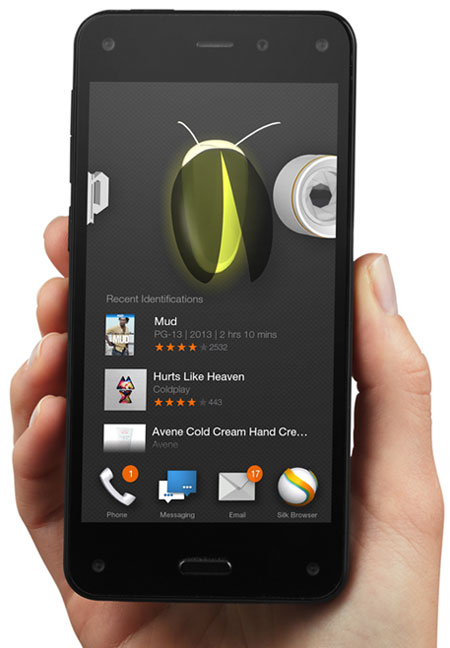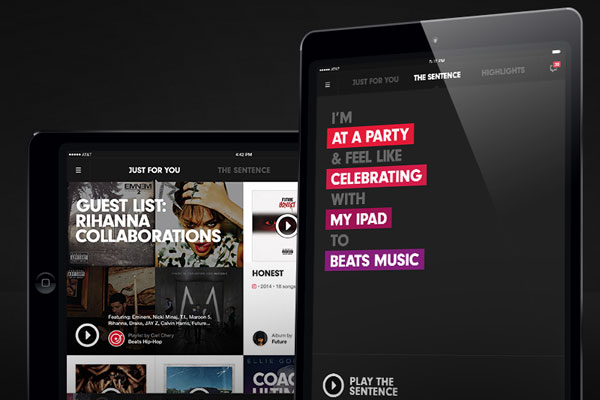
As an Internet marketing tactic, retargeting has never quite reached its stride. However, updated technology, changing market dynamics and new offerings by vendors — especially Google’s entrance into the space — is changing that.
Briefly, retargeting is a marketing response triggered when a consumer expresses an interest in a product’s ad but doesn’t take action. It presumes that the individual may still be interested in the product, perhaps mulling a purchase. The retargeter’s strategy is to provide a gentle nudge in the form of another ad.
The technology has been around for some time, but “it is only now that we are really seeing what it can accomplish,” said AdRoll CEO Aaron Bell, who spoke with the E-Commerce Times about the industry, its ongoing changes, and AdRoll’s own approach to the market.
E-Commerce Times: Why is retargeting so underutilized?
Aaron Bell:
There are a couple of reasons. Brands traditionally haven’t looked at display as having a high ROI or being a significant performance channel. Typically, over the last 10 years, it has been search engine marketing that has been the breakout channel. And when you think about it, search engine marketing makes sense: It produces a positive ROI — the advertiser spends one dollar and makes more than one dollar in sales. It works because people tell Google, or the search engine, exactly what they want. Google has a good idea of what a user’s intent is, and that data is very powerful against which to match ads.
ECT: There is an element to that as well in retargeting, correct? Matching ads against users’ intent?
Bell:
Yes, and that is one reason why retargeting is gaining traction. We have new and better ways of figuring out intent — what users are interested in. One problem e-commerce sites have is that they are driving traffic from all sorts of channels. Also, online Internet shoppers are very fickle. They like to window shop — only 2 percent of prospective shoppers actually buy something.
But with retargeting, a site can first of all, gain a sense of the user’s intent — and then actually communicate with him as he surfs around the Web by reminding him of a particular brand while he is doing something entirely different.
In many ways, it is a principle similar to search, in that a user has expressed an interest in something and the company is now following up on that. It is a very effective use of marketing dollars.
ECT: What has changed that makes retargeting different now?
Bell:
The first companies to really explore this concept were focused on huge brands and used agencies with large budgets. It was also a very manual process. That latter point, in particular, proved to be problematic — and that is what is changing now.
Ad impressions are being sold through exchanges, and the auction pricing model for search engine marketing is now being applied to display. Real-time bidding is another factor that is beginning to catch on, and it also facilitates this process.
At the same time, there is more inventory flooding into the exchanges as companies see how well the technology works. Also, vendors such as ourselves are aiming at smaller companies.
ECT: Can you provide some ROI metrics for companies that are using retargeting now?
Bell:
It all depends on the industry and the type of brand. We have one travel company that gets a 35 times ROI — it spends one dollar and get (US)$35 in sales. Another client in the B2B space receives a two times ROI.
ECT: What about the drawbacks to retargeting? Do these tech advances also address the most obvious one — namely, that a consumer might not have purchased a product she was looking at because she didn’t want it, and now wherever she goes online she is haunted by an image of something she decided she didn’t want. Wouldn’t that have a very negative impact on a brand’s image?
Bell:
That is what frequency caps are for. So, the answer to your question is yes — the changes in technology do address that. Frequency caps limit the number of times per day or per week or per month — whatever the advertiser chooses — that a consumer can be shown the ad.
ECT: What is a typical frequency cap?
Bell:
The classic marketing principle is that it takes six impressions to make an impact. Typically, a company will make it four impressions a day.
ECT: Another potential drawback about retargeting is inappropriateness. Can you control for ads served against inappropriate content? Say, for example, that someone looks online at possible flower arrangements for a funeral or hospital stay. Does that person really want to see that ad again when shopping for gadgets or holiday gifts online?
Bell:
Content control is a big issue, and that is something we are focused on. We make it easy for advertisers to filter out specific sites or categories of sites. We have also developed a technology called “PubScore,” which evaluates content for traits like brand safety. So when we are running a campaign, we make sure that the ads show up on brand-safe, highly reputable and relevant sites.
ECT: One more possible drawback — this time from the perspective of the advertiser — is that some advertisers are charged by the ad exchange when a consumer makes a purchase even if it is questionable that the sale was influenced by the ad.
Bell:
They are called “view throughs,” and yes, they are a controversial practice. What happens is a consumer is surfing the Web and is shown an ad that may not render or that was not very visible on the page. Maybe it rendered at the very bottom? If he or she goes onto that advertiser’s website and buys something, the ad will still get credit and charge the brand. It is a prevalent practice.
ECT: Do you address that issue with your clients?
Bell:
We have two different pricing models — CPC or CPM — which are typical of display advertising. And yes, we are aware that all advertisers want to understand how many conversions they have and how to attribute them to which campaigns. Even if we don’t charge on view throughs, we show them how many are received.


















































































Social Media
See all Social Media